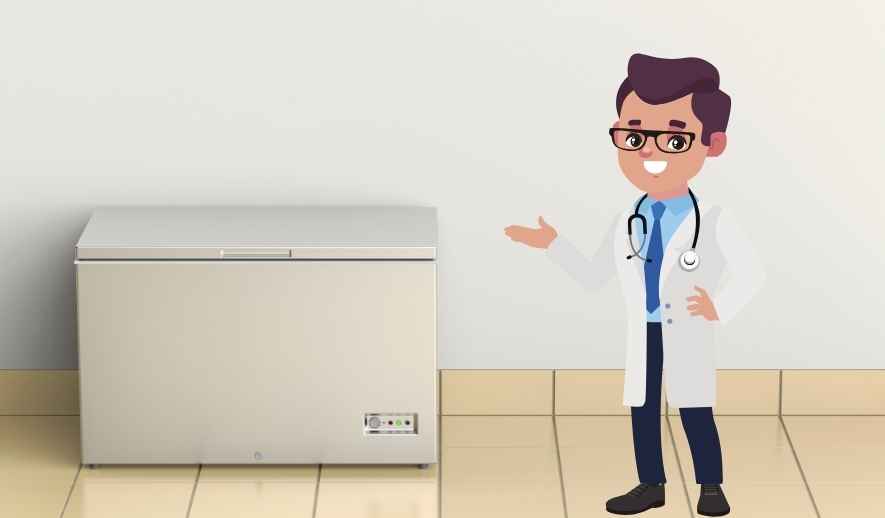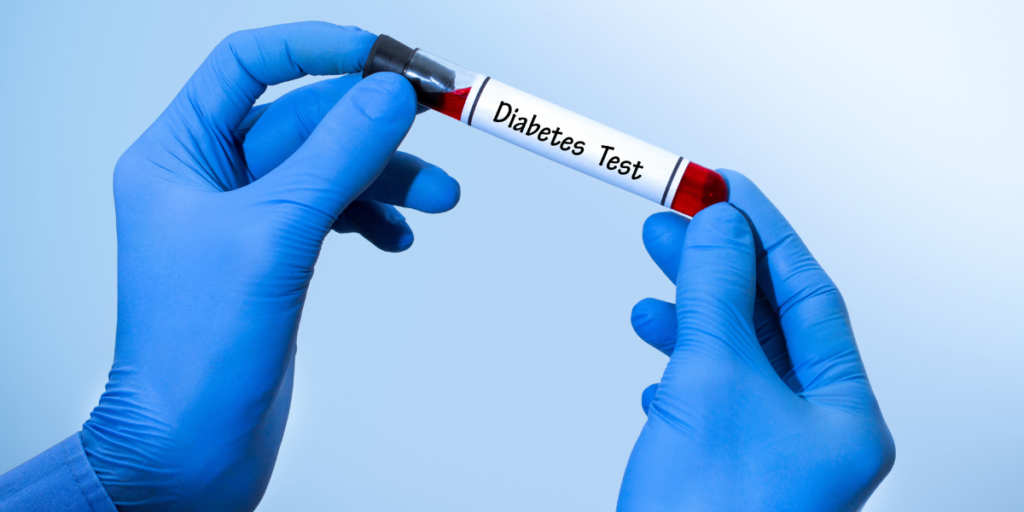In any working lab environment, the importance of durable, safe, and easy-to-maintain surfaces cannot be overstated. Whether the setting is focused on biology, chemistry, electronics, or medical testing, choosing the right laboratory worksurfaces plays a critical role in ensuring productivity and safety. These surfaces endure frequent cleaning, chemical spills, heat exposure, and heavy equipment—making it essential to choose materials that meet the specific demands of daily lab work.
This blog outlines the essential features of reliable laboratory worksurfaces, compares the most commonly used materials, and highlights factors to consider when selecting surfaces for different types of lab environments.
Why Laboratory Worksurfaces Matter
Worksurfaces in a lab are not just about providing a place to carry out tasks—they directly influence:
- Worker safety
- Equipment stability
- Contamination control
- Cleaning efficiency
- Long-term cost savings
Inappropriate surface choices can lead to safety hazards, frequent replacements, and difficulties in maintaining compliance with health or industry standards.
Key Features of Effective Laboratory Worksurfaces
When selecting materials, it’s important to assess the following performance characteristics:
1. Chemical Resistance
Surfaces must tolerate acids, alkalis, solvents, and reagents without corroding, staining, or weakening.
2. Heat Resistance
Some laboratory tasks involve heating elements or hot equipment. A suitable worksurface must be able to withstand high temperatures without warping or burning.
3. Durability
Frequent equipment use, instrument placement, and mechanical stress require materials that resist wear and tear over years of service.
4. Non-Porosity
A non-porous surface prevents the absorption of liquids and bacteria, ensuring better hygiene and simplifying cleaning protocols.
5. Ease of Maintenance
Surfaces should be easy to wipe down with standard cleaning agents and not require special handling for spills or regular use.
Maintenance Tips for Long-Term Use
To maintain surface quality and safety:
- Wipe down daily with appropriate lab disinfectants.
- Use mats under hot plates and heavy instruments.
- Rinse any acid or solvent spills immediately.
- Avoid abrasive cleaners that may damage finishes.
- Inspect joints and edges for cracks or signs of chemical penetration.
Training all staff and students in proper use and cleaning procedures extends the lifespan of the surface and ensures a consistent working environment.
Conclusion
Laboratory worksurfaces are a foundational component of any scientific or technical lab. The right surface supports precision, protects users from hazardous exposure, and contributes to the overall efficiency of operations. By selecting the correct material based on lab needs and following maintenance protocols, labs can create a reliable and compliant work environment that lasts for years.
Whether your lab focuses on light sample prep or complex chemical analysis, investing in high-quality, purpose-built surfaces will always yield benefits in safety, performance, and cost-efficiency.



